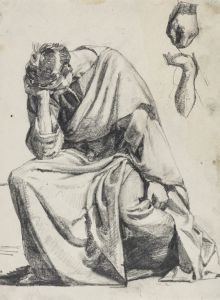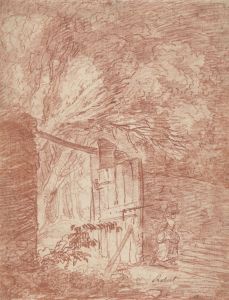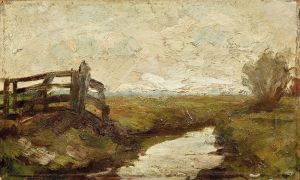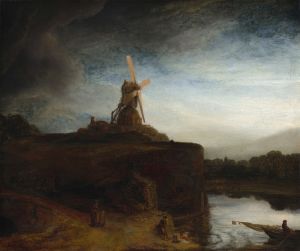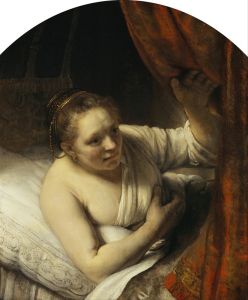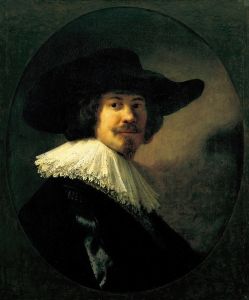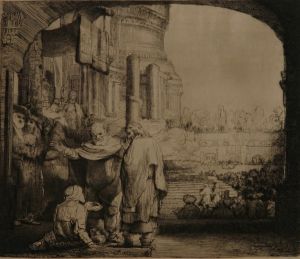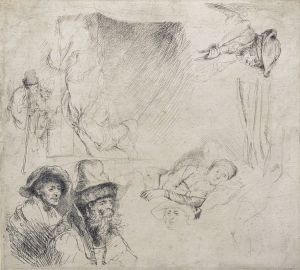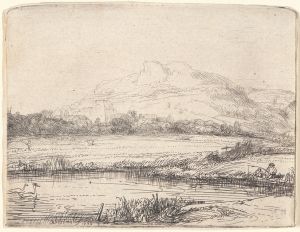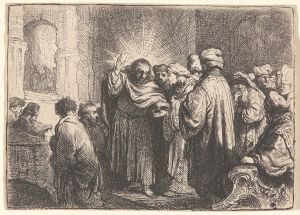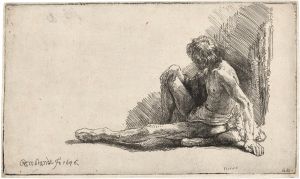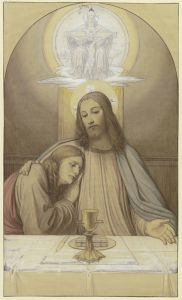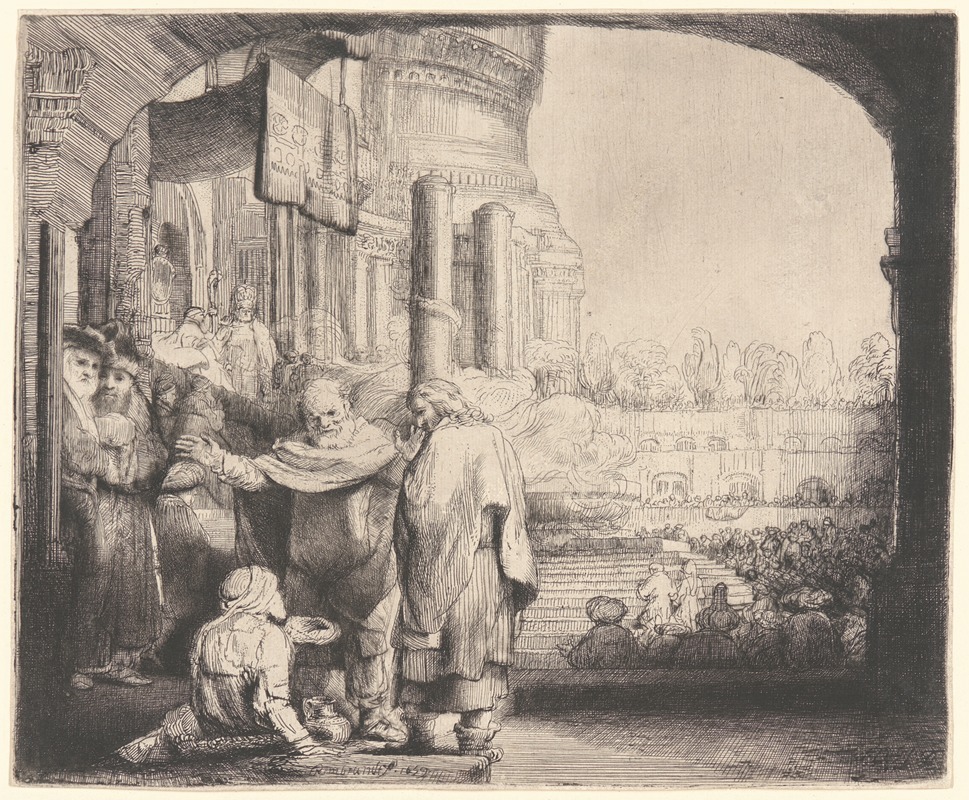
Peter and John Healing the Cripple at the Gate of the Temple
A hand-painted replica of Rembrandt van Rijn’s masterpiece Peter and John Healing the Cripple at the Gate of the Temple, meticulously crafted by professional artists to capture the true essence of the original. Each piece is created with museum-quality canvas and rare mineral pigments, carefully painted by experienced artists with delicate brushstrokes and rich, layered colors to perfectly recreate the texture of the original artwork. Unlike machine-printed reproductions, this hand-painted version brings the painting to life, infused with the artist’s emotions and skill in every stroke. Whether for personal collection or home decoration, it instantly elevates the artistic atmosphere of any space.
"Peter and John Healing the Cripple at the Gate of the Temple" is an artwork attributed to the renowned Dutch artist Rembrandt van Rijn. This piece is a part of Rembrandt's extensive body of work that often explored biblical themes, reflecting his deep interest in religious subjects and his ability to convey profound human emotion through art.
The painting depicts a scene from the Acts of the Apostles in the New Testament, specifically Acts 3:1-10. In this narrative, the apostles Peter and John encounter a man who has been crippled from birth at the gate of the temple, known as the Beautiful Gate. The man asks for alms, but instead of giving him money, Peter heals him in the name of Jesus Christ, allowing him to walk for the first time. This miraculous event is a testament to the power of faith and the divine authority bestowed upon the apostles.
Rembrandt's interpretation of this biblical story is characterized by his masterful use of light and shadow, a technique known as chiaroscuro, which he employed to bring dramatic intensity to his compositions. This technique helps to focus the viewer's attention on the central figures of Peter, John, and the healed man, highlighting the emotional and spiritual transformation taking place. The expressions and gestures of the figures are rendered with meticulous detail, capturing the awe and gratitude of the healed man and the serene authority of the apostles.
The painting is also notable for its composition, which guides the viewer's eye through the narrative. Rembrandt's skillful arrangement of figures and architectural elements creates a sense of depth and space, drawing the viewer into the scene. The use of perspective and the careful placement of the figures contribute to the overall impact of the work, making it a compelling visual representation of a significant biblical event.
While Rembrandt is primarily known for his paintings, he was also an accomplished etcher and draftsman. His works often reflect a deep understanding of human nature and a keen observation of the world around him. "Peter and John Healing the Cripple at the Gate of the Temple" is a testament to his ability to convey complex theological themes through the medium of art, making the story accessible and engaging to viewers.
The painting is part of the collection at the National Gallery of Art in Washington, D.C., where it continues to be studied and admired by art historians and enthusiasts alike. As with many of Rembrandt's works, it offers insight into the artist's creative process and his enduring legacy as one of the greatest painters of the Dutch Golden Age.
In summary, "Peter and John Healing the Cripple at the Gate of the Temple" exemplifies Rembrandt's mastery of narrative art, his innovative use of light and shadow, and his profound ability to depict the human condition. Through this work, Rembrandt not only illustrates a biblical miracle but also invites viewers to reflect on themes of faith, compassion, and transformation.





